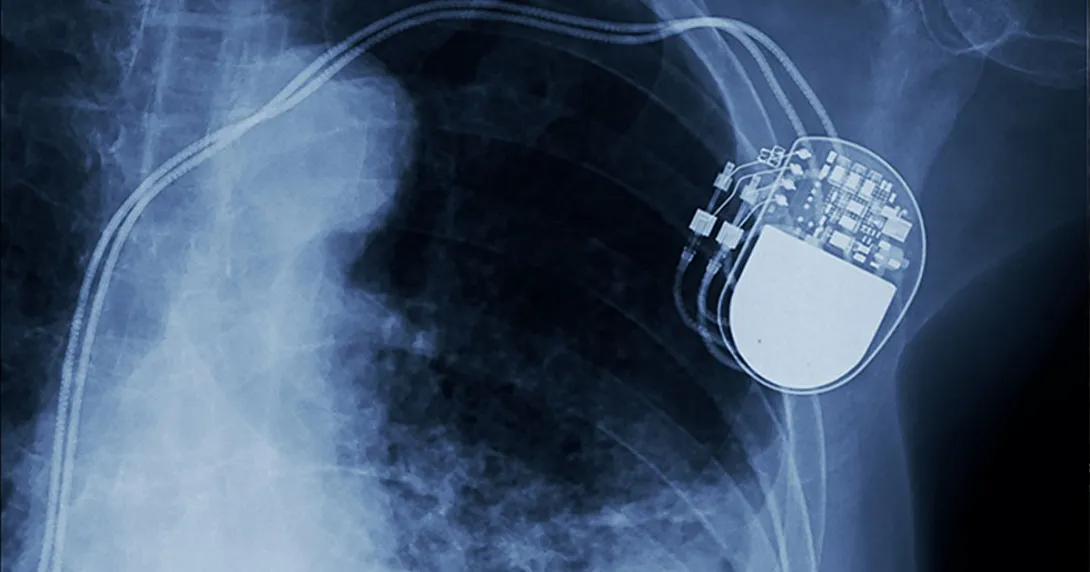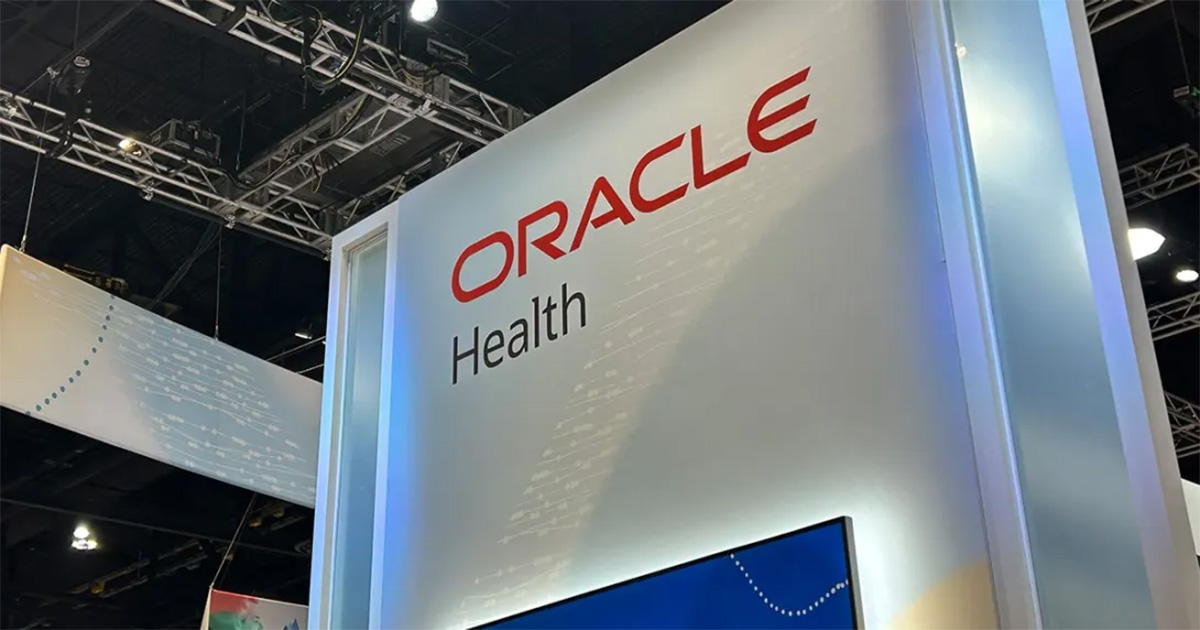No one ever suggested that achieving meaningful use of electronic health records would be easy - or quick, or simple. And it hasn't been. Mostly, it's been hard, slow and complex.
Yet, it seems everyone who's had to take on the challenge recognizes that the kind of national effort the meaningful use program signifies has been a long time coming. In spite of the struggles, the hard work, the setbacks (and amid some grumbling) participants acknowledge the inevitability, understand the benefits - and are counting on the promise.
“What the ONC has been able to do is to advance this enough that we'll continue to advance it [until] we really reach a tipping point, where this industry and providers across the industry realize, 'You know what? To be a player in this industry you've got to do this stuff,'” said Harry Greenspun, MD, senior advisor for healthcare transformation and technology at the Deloitte Center for Health Solutions and a member of the HIMSS advisory board.
ONC chief Farzad Mostashari bubbles with enthusiasm about the state of the meaningful use program to date. “We have made incredible progress from where we were 12 months ago, and I'm actually feeling really good about where things are,” he said. “If we think about where we were two years ago, with 10 percent of hospitals and 20 percent of providers having a basic EHR system, think about where we've come. Within two years we've doubled adoption among primary care providers. Doubled.”
But others in the industry see movement toward meaningful use as slow, laborious and even disappointing. “When I look at the numbers, I see disappointing results from Stage 1 for an industry that prides itself on outcomes,” wrote Bill Marshall, a principal at Pega Healthcare Solutions, part of Cambridge, Mass.-based Pegasystems, in a recent blog post. “We simply must do better.”
Marshall pointed to a report from the Mongan Institute for Health Policy that calculated that just 4 percent of physicians and 1.5 percent of hospitals had qualified for and received incentive payments for meaningful use of EHRs. Former ONC chief David Blumenthal, MD, is founding director of that organization.
Mostashari disputes those numbers, and countered with indicators showing the program's growing success, spotlighting “1,600 hospitals that have been paid under the health IT incentive program - that's over 30 percent of hospitals paid, where two years ago only 10 percent had a basic chart system,” he said. “It strains credulity to somehow find a glimmer of disappointment in that.”
Mostashari's numbers are in line with December 2011 reports from the Centers for Medicare & Medicaid Services (CMS) that show 604 hospitals have received incentive payments on the Medicare side of the program, and 1,016 received incentive payments on the Medicaid side (Medicaid program participants are not required to demonstrate meaningful use to receive an incentive payment in the first year).
Numbers aside, many in the IT trenches see going slow to be the prudent strategy.
“Slamming an EMR in is a very bad thing to do,” cautions Rick Schooler, CIO at Orlando Health, which will begin the attestation period for Stage 1 in April this year. Most organizations of a significant size, barring a few, have decided to attest this calendar year instead of last year, according to Schooler.
“It was uncertain what was going to happen with Stage 2, and the way things were looking back then, to get to Stage 2 you were going to have a much less amount of time if you certified early. So we waited as long as we could to do the certification for Stage 1.” He suggested that many other entities took the same tack.
On to Stage 2, or not just yet
At the end of January, industry insiders and healthcare providers were awaiting the final rule for Stage 2 meaningful use. A few had already attested for Stage 1 and received government incentives. But most were still working on it. Ready or not, and even with a pretty good idea of what the Stage 2 guidelines might entail, they were eager to see them spelled out.
The Department of Health and Human Services sent the proposed rule to the Office of Management and Budget (OMB) for review on Jan. 19, an indication the rule would soon be released to the public. Those in the know anticipated the guidelines would be released sometime in February - likely before the HIMSS annual conference Feb. 20-24.
In mid January, Midland Memorial Hospital in Midland, Texas, received $3.3 million in government incentives, after having successfully completed Stage 1 requirements for the program - $2.3 million for Medicare and $1 million for Medicaid.
David Whiles, director of information systems at Midland, was among those awaiting the Stage 2 list, and grateful for the government's one-year delay of Stage 2. Instead of having to meet Stage 2 requirements in 2013, the extended deadline gives participants until 2014.
“It gives us a little more breathing room,” Whiles said. “There's some fairly onerous provisions in Stage 2 regulations that I think we're going to have challenges with, and having two years to deal with that rather than less than a year, as it would have been now, gives us time to be able to meet that Stage 2 without any huge issues.”
Charles Christian, CIO of Good Samaritan Hospital, a 232-bed hospital in Vincennes, Ind., has received Stage 1 payment for the Medicaid portion of the program. But he's taking measured steps to attest on the Medicare piece.
“We still have some work to do,” Christian said. “Our CPOE rollout won't be finished until June.”
Christian is looking at the 90-day reporting period for Good Samaritan to begin in July and to attest for Stage 1 in October or November this year. Is that OK? “It's absolutely OK,” he said.
“One of the things I worried about is if we just jam these things in there, do it very quickly, we create possibilities for error,” said Christian. “And if we're not really looking at the processes that all these things impact, we could create opportunities for us to create patient harm - and it's absolutely the wrong thing to do.”
“That's one of the reasons we decided that we were going to take a measured approach - looking at our processes, and that's one of the things we've done,” he added. “It's a multiple iterative process of going through that process redesign because you just keep getting better and better at it.”
Each hospital and practice is unique, said Greenspun. Some are raring to go, others are more cautious -and there is a group that will not be able to do it.
“It's a group that doesn't have the resources, doesn't have the ability to make the upfront investment, doesn't have the ability to do a lot of process redesign that may go with this work,” he said. “So, it's still that group that may have to be helped across the finish line.”
Carrot and stick
The meaningful use program, designed to provide incentives first to get digital systems up and running and used in a meaningful way, has provisions for some meaningful penalties after 2015. Many providers understand the reasoning. How else to get everyone on board?
“Our industry seems to respond to that approach better than, 'Here's the deadline; you better make it,'” said Orlando Health's Schooler.
“I think it's a reasonable way to do this,” he said. “It gives everyone an understanding of. 'Hey, look, the carrots out there if you want it, go for it. If you don't, take a bite of it instead of the whole carrot. Just know by a certain time, you're going to be faced with now getting penalized.”
As Christian, at Good Samaritan, sees it, the incentives were necessary to provide an infusion of capital into a healthcare market that is cash-strapped because of compressed reimbursements. The penalties are wise effort to make sure everyone gets on board.
“If we're truly going to be successful in bending that cost curve of healthcare downward, everybody's got to play,” he said.
“You basically have three years - a little bit more - as far as the incentives, but after that the penalties are about five times greater than whatever incentive they collectively received, said Marshall, from Pegasystems. “And because of the difficulty, the realization is … the incentives are great, but I really have a clock that's ticking now on me that I better double down my efforts so that when we get to the end of the incentive period, I'm not getting hammered with a 1 percent across-the-board drop in my Medicare payments for missing it in year 2016 and 2 percent in year 2017 etc.
“So, they're taking a breath, stepping back and figuring out, 'All right I didn't make this. It wasn't the success it was going to be, and that clock is ticking. I better step back and figure out how do I really solve this, because they can't back off on the investment,'” he said.
With a little help from my friends
 Christian always backed the meaningful use program, but these days he is feeling more confident about it now that David Muntz, former senior vice president and CIO at Baylor Health Care System in Dallas, is part of the ONC team. He was named principal deputy at ONC last December.
Christian always backed the meaningful use program, but these days he is feeling more confident about it now that David Muntz, former senior vice president and CIO at Baylor Health Care System in Dallas, is part of the ONC team. He was named principal deputy at ONC last December.
“They really need people who have implemented these systems - really understand what work is required,” said Christian, who commended Muntz for “taking one for the team.”
In naming Muntz to the post, Mostashari noted the CIO's "vast practical experience with electronic health records and strong leadership skills.”
At Midland Memorial in Texas, Whiles said achieving Stage 1 might not have been that much of a sea change. Midland had been using its open-source EHR for six years, and its vendor, Medsphere, provided great support. But the reporting piece of meaningful use at times threw Whiles and his team for a loop.
His advice for others?
“Start your reporting mechanism really early, and really drill in on the reporting mechanisms for each one of the objectives, because that will very quickly highlight where you need to do your work. Once we started actually reporting out of our system, to start gathering those statistics, we had a few surprises.”
Whiles believes Midland would have continued to advance in its use of its electronic medical record, but perhaps not as quickly or methodically as it has because of the meaningful use program. Plus, he views the program as a catalyst for bringing all of healthcare together.
“The industry has been electronic for many, many, many years, but it's always been bits and pieces - not really pulled together as a cohesive electronic platform that can exchange information,” said Whiles. “That's one of the main objectives of meaningful use. I think that's a great goal. We definitely need to get there.”


